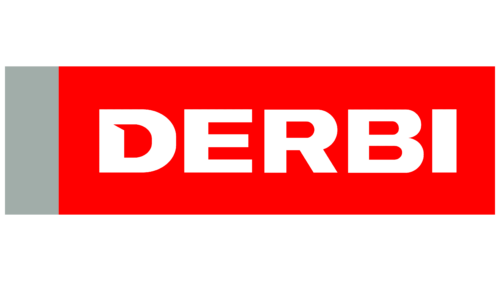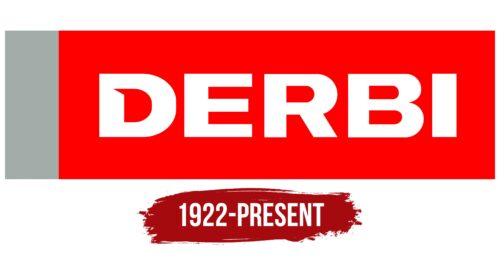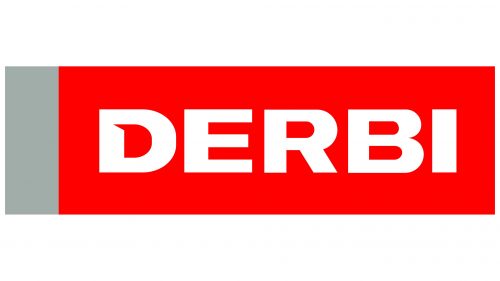The Derbi logo embodies a dream, an original, long-standing idea. The emblem shows that fantasy has become a reality, offering customers a high-speed and reliable range of mopeds and durable and dependable companions for any journey.
Derbi: Brand overview
Founded in 1922 by Simeo Rabas Singla in the town of Molle del Valles, Spain, Derbi began its journey as a manufacturer of bicycles and mopeds. The transformation into a key player in the motorcycle industry occurred in 1944 when Derbi expanded its product line to include small 50cc motorcycles and scooters. These quickly gained popularity and became affordable transportation in Spain in the post-war era.
Derbi’s ambitions were not limited to the consumer market: in the 1950s, the company entered the racing world. This decision bore fruit: in the 1960s and 70s, Derbi won several world championships in the 50 and 75cc categories. This success cemented the brand’s reputation as a fast and powerful motorcycle.
In 1987, Derbi introduced the GPR 50 racing motorcycle, one of its most triumphant models. It left an indelible mark on the racing scene, dominating its class throughout the 1990s. In the same decade, Derbi entered the scooter market with models like the Atlantis and Variant, which found commercial success in the international market.
A turning point came in 2001 when Italian company Piaggio acquired Derbi. While expanding production and sales, Piaggio also realized the value of Derbi’s racing heritage and sought to preserve it. The synergy between the two companies contributed to Derbi’s continued growth.
Today, the spirit of innovation that characterized Derbi’s early days still permeates the company’s ethos. The brand is synonymous with small motorcycles, scooters, and ATVs, targeting the European and Latin American markets and retaining its racing roots.
In over a century, Derbi has successfully evolved from a small bike shop to a prominent global manufacturer of small motorcycles and scooters. Success stories from the race track and the highway have become integral chapters in Derbi’s remarkable history, demonstrating its commitment to quality, performance, and innovation.
Meaning and History
What is Derbi?
It is a Spanish motorcycle and scooter manufacturer known for its low-volume motorcycles. The company, originally founded in Molle del Valles, has gained fame for its competitive and reliable motorcycles, especially in the racing sector. It has a rich history in motorcycling, having been a champion in Grand Prix racing on several occasions. The brand offers a variety of models, including scooters, mopeds, and small motorcycles aimed at city dwellers and racing enthusiasts.
1922 – today
The Derbi logo uses striking red to grab attention and convey energy and passion. This vibrant red is paired with subtle gray for a balanced look. The company name is in bold, geometric capital letters that exude strength and modernity.
A unique feature of the logo is the “D,” with its upper part extending into a sharp spike. This design adds intrigue and distinctiveness. The bold, large, and embossed letters create a three-dimensional effect, making the text pop against the bright red background.
The text is centrally placed within a bright red rectangle, serving as a strong, eye-catching frame. To the left, a smaller vertical rectangle in ash gray adds a touch of sophistication and balance to the design.
The red color captures immediate attention, while the gray element provides contrast. The prominently displayed company name resembles a brand tag, suggesting authenticity and identity. The sharp spike on the “D” highlights the brand’s attention to detail and creativity.





